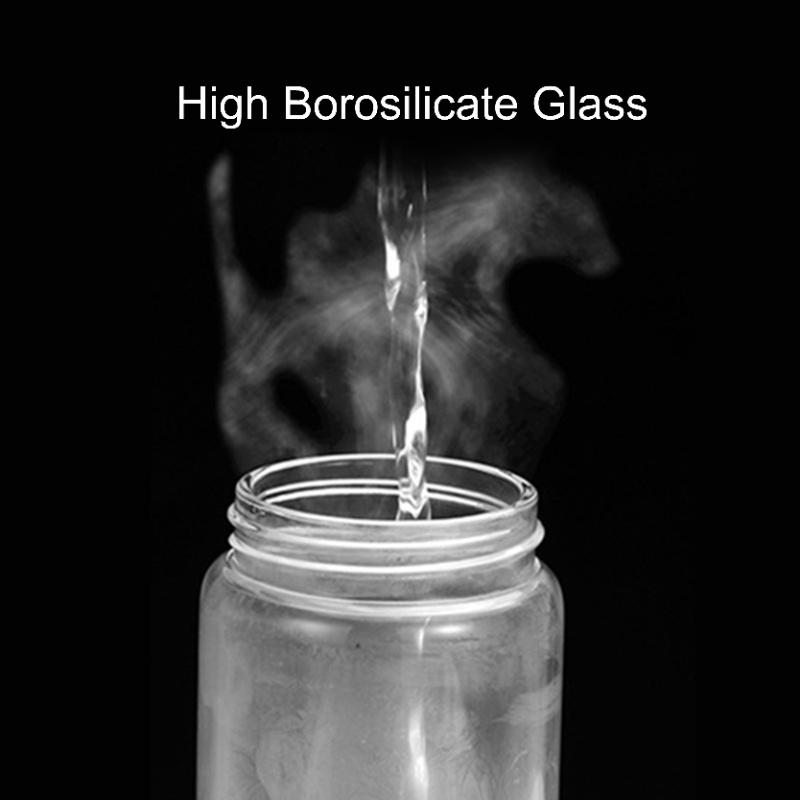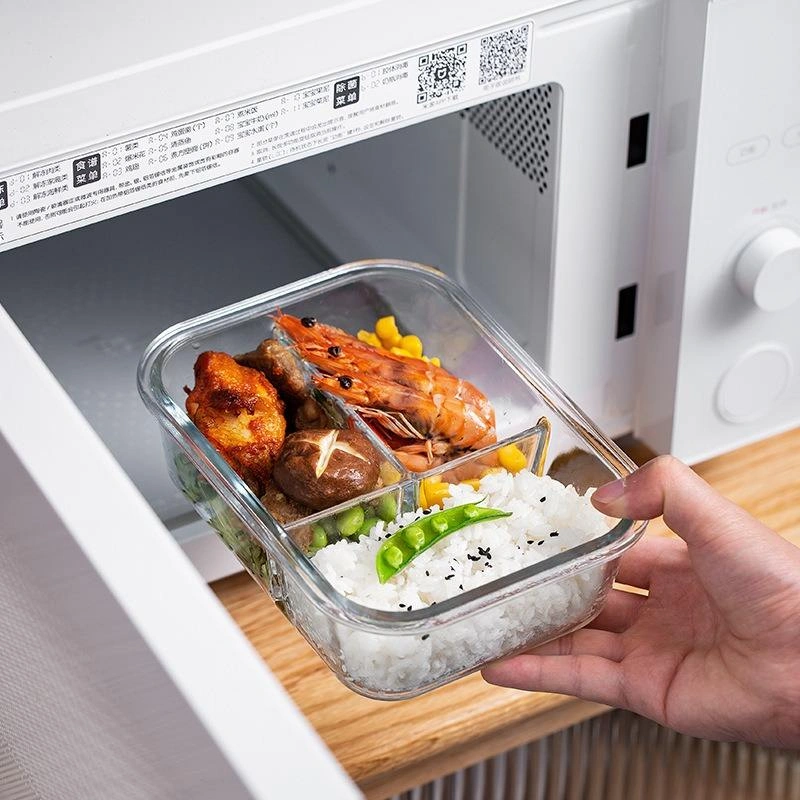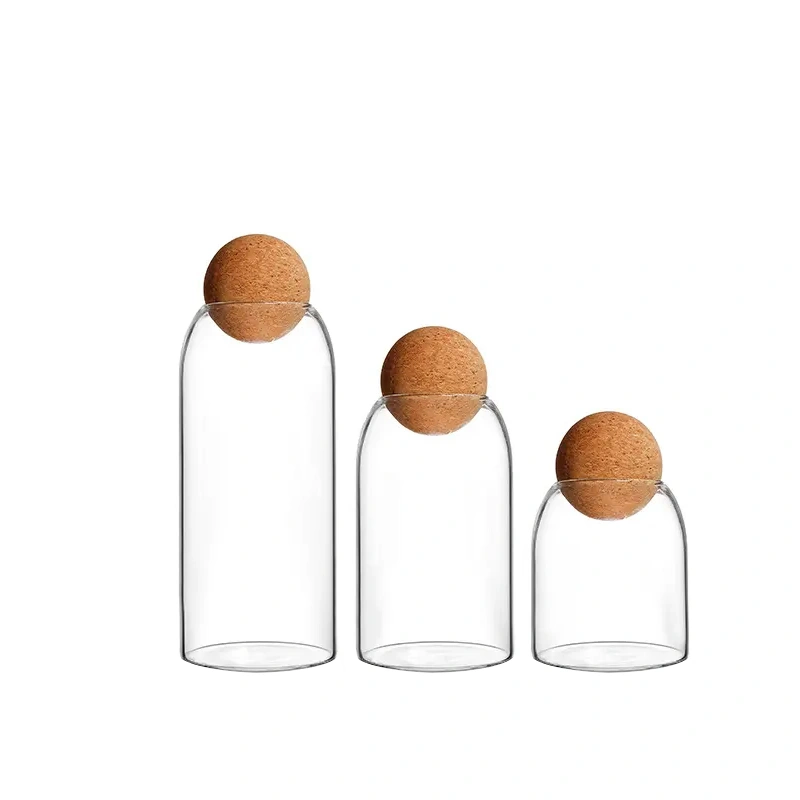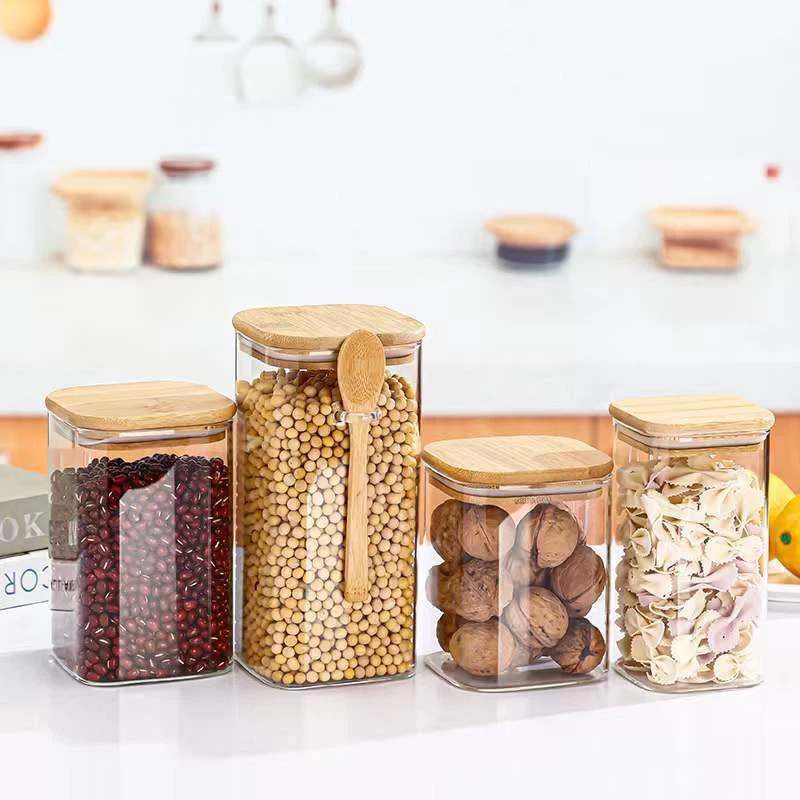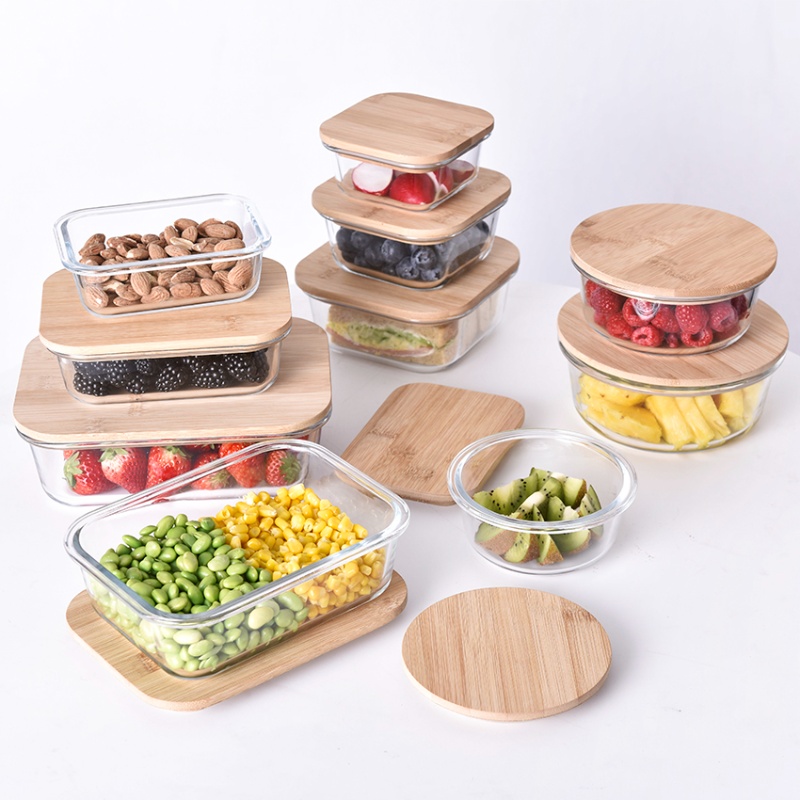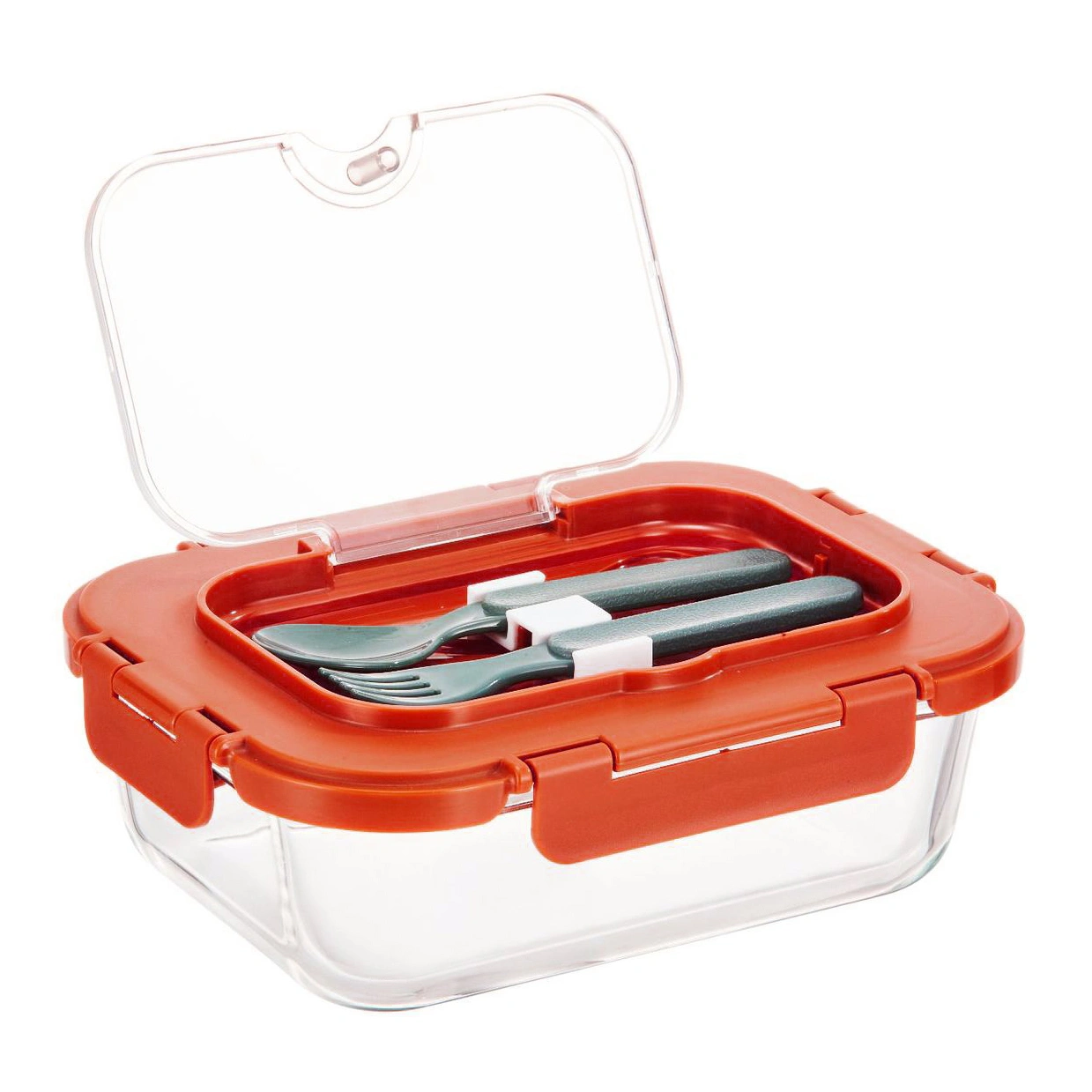What is the Difference Between Glass and Borosilicate Glass?
Table of Contents

Paul Ren
Hello! I’m Paul, the Senior Sales of Canzo Glassware. With 18 years of experience in the glassware industry, I’m excited to share some insights from our perspective as a China glassware manufacturer. Today, we’re diving into a common question: What is the Difference Between Glass and Borosilicate Glass?
When we think of glass used in kitchen, we usually picture the type commonly found in food storage container, meal prep container, jars, mugs, or bakeware. However, not all glass is created equal. One type that stands out is borosilicate glass, known for its strength and ability to withstand temperature changes, making it popular in both kitchens and laboratories. But what sets borosilicate glass apart from regular glass?
In this blog post, we’ll dive deeper into the key differences between these two types of glass.
Composition and Manufacturing of Glass
Regular Glass
Regular glass, or soda-lime glass, is made from a blend of silica (sand), soda (sodium carbonate), and lime (calcium oxide). These ingredients are melted together at high temperatures to form a versatile material used in a wide range of everyday products.
Borosilicate Glass
On the other hand, borosilicate glass contains silica and boron trioxide. The inclusion of boron gives this glass its unique properties, such as higher resistance to thermal expansion and chemical corrosion. While both types of glass are created through similar processes, borosilicate glass is formed at slightly different temperature ranges, resulting in distinct characteristics.
Thermal Resistance
Regular Glass
Regular glass tends to crack or shatter when exposed to sudden temperature changes. Pouring hot liquids into a cold glass, for instance, can cause it to break due to its limited thermal resistance.
Borosilicate Glass
Borosilicate glass, however, excels in thermal resistance. It can handle drastic temperature changes without cracking or breaking, making it ideal for laboratory equipment, certain kitchenware, and even some types of lighting fixtures. This high-temperature tolerance is why borosilicate glass is preferred in environments where extreme heat is involved.
Durability and Strength
Regular Glass
Regular glass is more prone to breaking when subjected to stress or impact. While it’s perfectly fine for everyday uses like drinking glasses or windows, it isn’t designed to handle environments where it might be exposed to rough handling or extreme conditions.
Borosilicate Glass
Borosilicate glass is more durable and less likely to shatter under stress. Its enhanced durability makes it ideal for demanding applications, such as in laboratories or high-quality cookware, where it may be exposed to frequent use or harsh environments.
This glass type is particularly resistant to mechanical shocks, meaning it is less likely to suffer damage if dropped or subjected to physical stress. Soda-lime glass, in contrast, is softer and more prone to scratches and breakage, making it less suitable for applications where durability is essential.
Application Range
Regular Glass
Regular glass is widely used in products like windows, mirrors, drinkware, and decorative items. It’s inexpensive and easy to manufacture, making it the go-to material for everyday items.
Borosilicate Glass
Borosilicate glass is used in more specialized applications. You’ll find it in medical devices, laboratory equipment, high-end cookware, and certain lighting products. Its ability to withstand extreme conditions makes it invaluable in environments where strength and thermal resistance are essential.
Cost Considerations
Regular Glass
One of the reasons regular glass is so common is its affordability. The manufacturing process is straightforward, and the raw materials are readily available, making it a cost-effective option for everyday products.
Borosilicate Glass
Borosilicate glass, on the other hand, requires more specialized manufacturing processes and materials, which makes it more expensive. However, its durability, resistance to thermal shock, and chemical stability make it a worthwhile investment for applications where longevity and performance are crucial.
Conclusion
Understanding the difference between regular glass and borosilicate glass is essential when deciding which material to use. Borosilicate glass offers superior thermal resistance, chemical stability, and durability, making it the preferred choice for specialized applications. Meanwhile, regular glass is a cost-effective option for everyday items.
If you’re in need of reliable borosilicate glassware supplier for your glassware project, feel free to contact with Canzo glassware, known for our expertise and quality products.
Newest Blog
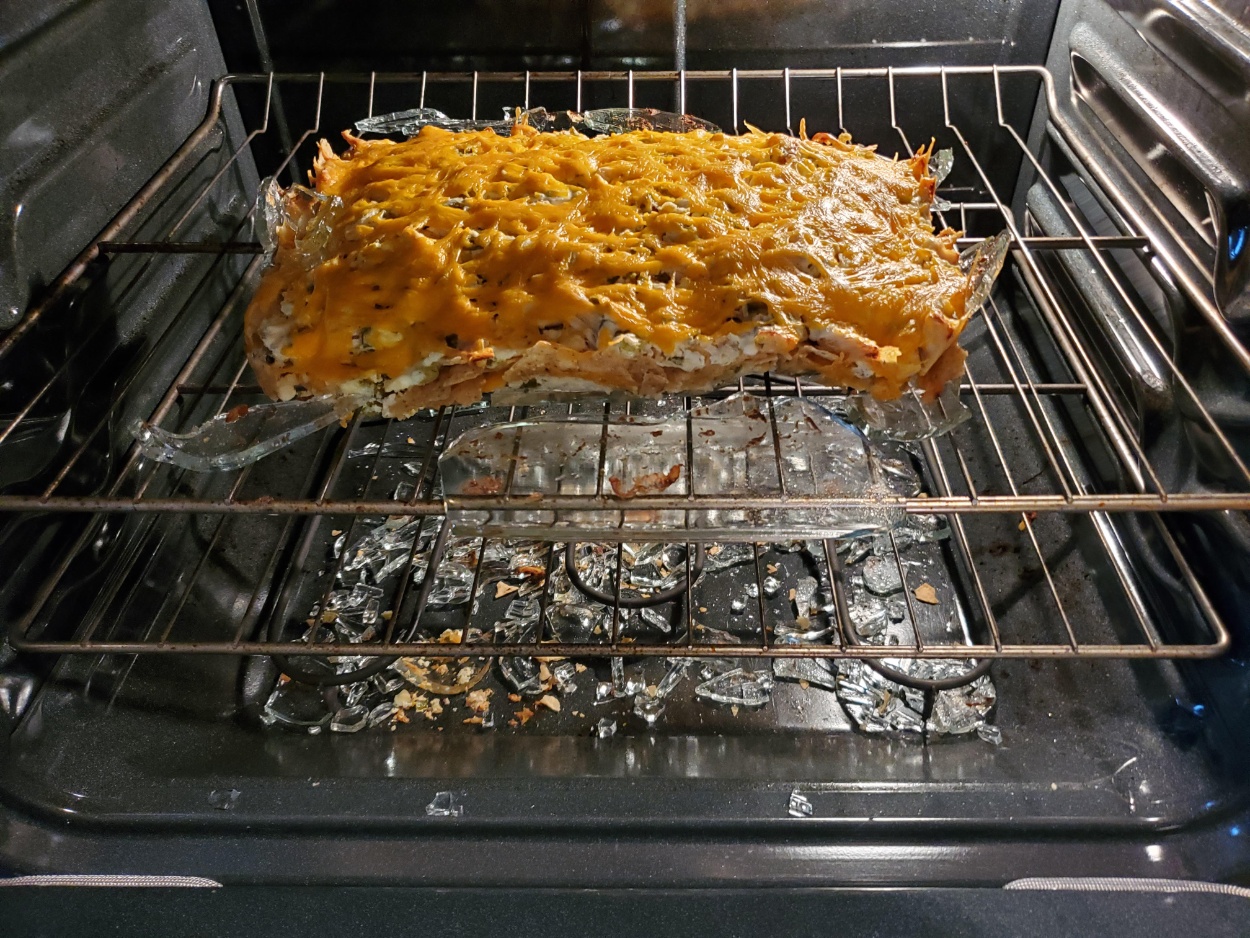
Is Glass Safe In The Oven?
Whether you’re a home cook or a business owner sourcing from a glass lunch box factory, understanding the nuances of oven-safe glass is crucial. We’ll explore the world of durable and reliable custom glass food container options, ensuring you make informed decisions.
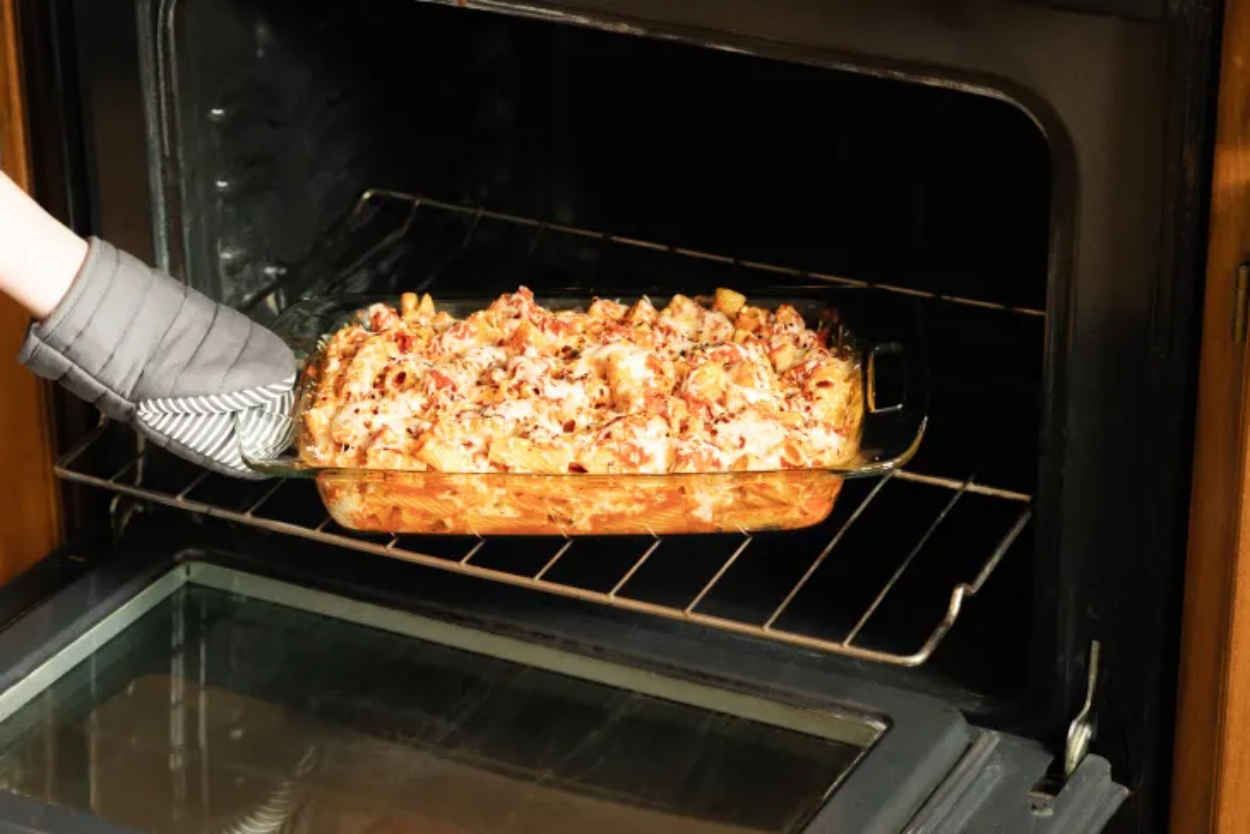
Can You Put Glass In The Oven?
We’ll explore why choosing the right type of glass, particularly from a reliable China glassware factory, is so important, especially if you’re looking for custom glass food storage containers or even a glass lunch box factory.
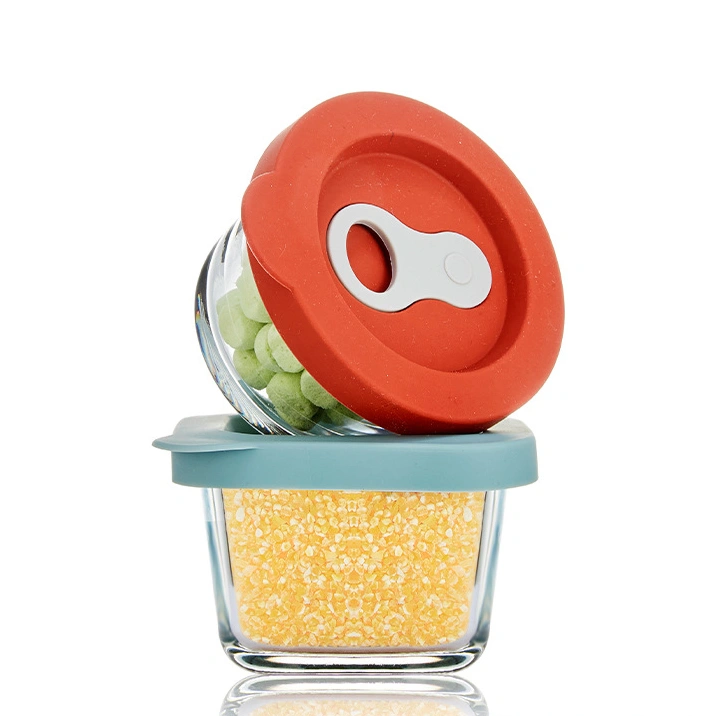
What To Do With Small Glass Containers?
From baby food meal prep, storing leftovers to organizing your craft supplies, small glass containers are super handy!

